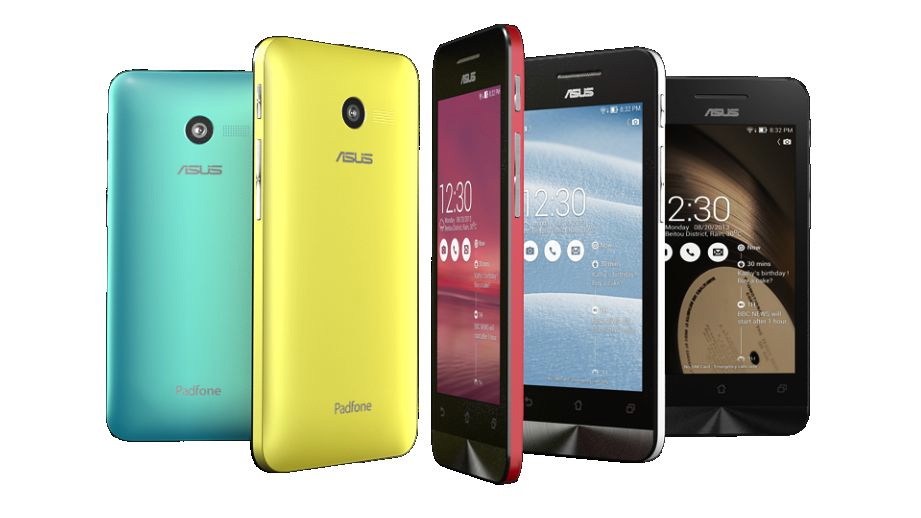Asus feels the 'om,' unveiles Zenfone line of smartphones
Asus brings multiple sizes to CES

Asus is out with a trio of new mobiles, all part of the company's ZenFone line. Yes, we're in for more products that phonetically spell "phone" with an "F."
The ZenFone 4, ZenFone 5 and ZenFone 6 are a family of smartphones coming in - you guessed it - 4-, 5- and 6-inch display sizes.
All machines run Android 4.3, though an upgrade to Android 4.4 should arrive later on. Each will be available in a variety of shades, and all store 1GB of RAM.
The similarities continue on with microSD (all have it) and Intel processors.
ZenFone home
The smallest of the lot, the ZenFone 4 will retail for $99. It has a 800 x 480 resolution in its display, seemingly sufficient for its 5MP rear and 0.3MP front cameras.
A 1.2GHz Intel Atom Z2520 processor sits inside, along with a 1,170mAh battery. It will be available in black, white, red, blue and yellow.
The ZenFone 5 is a $149 offering featuring an Atom Z2580 processor clocked at 2GHz. There's an 8MP snapper on the back, which includes a backside-illumination sensor with a wide-aperture f/2.0 lens. A 2MP camera occupies the front real estate.
Get daily insight, inspiration and deals in your inbox
Sign up for breaking news, reviews, opinion, top tech deals, and more.
It will be sold in black, white, red and gold.
Finally, the ZenFone 6 will retail for $199, and the 6-inch display is backed by a 13MP camera and 2MP front-facer. It's been stocked with a 2GHz Atom Z5280 as well. Look for it in black, white, red and gold.
None were given release dates, but we'll have our hands on reviews soon enough.
Michelle was previously a news editor at TechRadar, leading consumer tech news and reviews. Michelle is now a Content Strategist at Facebook. A versatile, highly effective content writer and skilled editor with a keen eye for detail, Michelle is a collaborative problem solver and covered everything from smartwatches and microprocessors to VR and self-driving cars.
